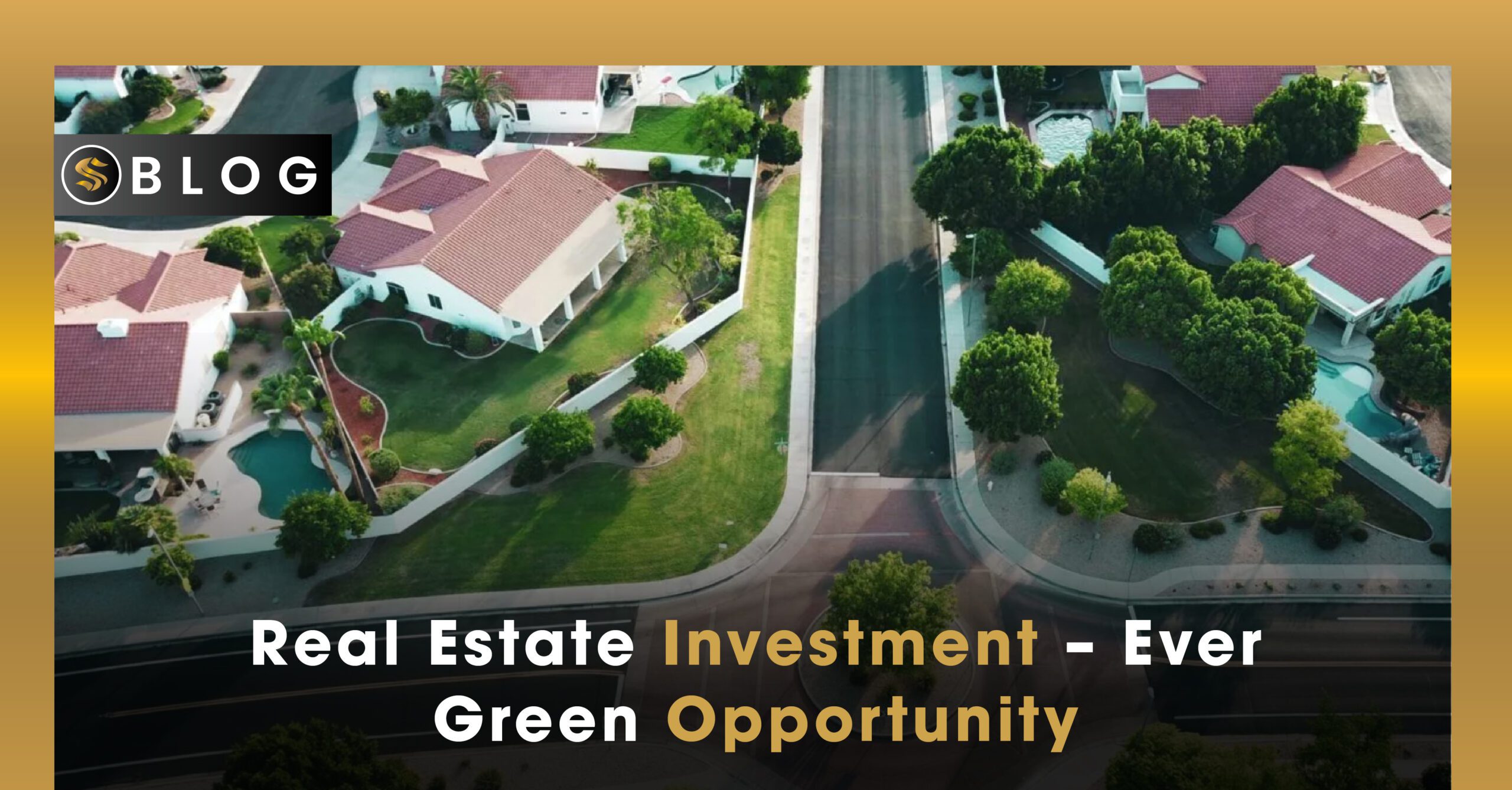
Share This Story, Choose Your Platform!
Real Estate Trends of Pakistan in the Future
The real estate industry is widely acknowledged as the foundation of any economy. With real estate trends and accounting for 70% of the nation’s wealth, Pakistan’s economy is built on one of the world’s strongest basic foundations. The government and commercial sector pay particular attention to this sector as a result.
Pakistan’s real estate market has grown rapidly in recent years. Real estate will be the economy’s fastest-growing industry in Pakistan in 2021, as a result of the country’s improving economic situation like tax breaks offered by the government, fluctuating gold prices, and the successful expansion of CPEC.
We must examine the fundamentals of financial stake and investment ideology in order to estimate the prospects of the real estate industry in Pakistan.
The real estate business is experiencing speedy changes, thanks to the new technology associated with an inflow of capital. This capital increase ought to function as a symptom that the important estate business is getting ready to bear speedy changes with the creation of the latest digital resources.
Most notably, investors ought to be ready for the ways in which online property listing platforms, smartphone apps, computer games, and blockchain technology can impact all aspects of land transactions.
The popularity of online listing platforms means that patrons and renters can have sturdy ideas of what they’re trying to find when looking for properties. Investors hoping to remain ahead of the curve can adapt to patrons (and sellers) who will access many property listings at the bit of a button.
A technique to face out is by connecting the good home trend and adding appliances and alternative options that are unit compatible with new apps. These options are a unit appealing to the tech-savvy demographic as a result of their hyperbolic security and energy potency.
What is the Real Estate Industry?
With high returns and no risk, real estate in Pakistan becomes a gold mine for powerful investors. High incentives are available in two profitable industries; real estate and the stock market. However, if you do your research, you can launch a business in Pakistan. These industries provide big profits but at high risk.

You could lose money if you work in the stock market because it is similar to gambling. The same is true for real estate. Without appropriate planning and diligence, you run the risk of losing everything.
Value of Real Estate
One of the main forces behind economic growth is real estate. Its close economic and financial ties provide macro and micro cash flows, stock growth, tax benefits, competitive risk-adjusted returns, and a strong inflation hedge.
Being one of the most important areas of the economy, changes in real estate rental and sale prices have a direct effect on consumers’ spending power and wealth, among property owners and tenants. Due to these factors, governments all over the world rely on this sector as a crucial factor when planning their economies.

Sector Summary
- Pakistan is the fifth-largest country in the world, with 220 million residents, a labor force of over 60 million, and a developing middle class.
- Out of the 220 million people in the country, 36.38 percent live in urban regions and 63.62 percent, in rural.
- Due to significant rural-to-urban migration and a 2.4 percent yearly population growth rate, there is an ever increasing demand for housing facility.
- The Pakistan Economic Survey (PES) estimates that the country’s construction industry contributes 2.53% of its overall GDP (GDP).
- 61 percent of Pakistan’s total working force is employed in this area.
Significant Rise in the Value of Real Estate
An important driver of Pakistan’s economic expansion has been the booming real estate market. The housing stock is expanding on average, by 10% a year, and this trend is expected to last for some time. The World Bank estimates that Pakistan needs to create roughly 3 million new housing units each year, to keep up with the demand. This sum merely makes up a small portion of the total.
The real estate sector provides chances to make investments and create jobs. As demand for residential houses rises, the nation’s real estate market flourishes.
Over the past five years, the number of new housing units has climbed by 50% each year. This suggests that there are plenty of prospects for investing in this market.
The Federal Bureau of Statistics (FBS) reported that the total value of real estate sales in 2017, $1.5-$7.2 billion worth of transactions were made.
The data shows that the real estate industry has grown the fastest in economy. Additionally, the construction industry is expanding quickly, with more than 1,000 projects being built at various stages of development.
You May Also Read
Real Estate Investment – Ever Green Opportunity
Rise of Real Estate Market Aids Pakistan’s Economy
Real estate plays a significant role in Pakistan’s economy. Ten million people are employed by the real estate sector, which accounts for around 7% of the nation’s GDP.
A sizeable share of foreign exchange revenues is also provided by it. The issues it has encountered though, include a lack of openness, corruption, inadequate infrastructure, etc.
Five Predictions for the Future Real Estate Market
-
Less Urgency to Buy Residential Real Estate
Looking ahead in residential realty, I see less urgency to shop as additional individuals get outside of their homes and area units, are drawn back to different activities. Sturdy cities can stay terribly robust and the costs ought to stabilize for the short term as additional inventory emerges. The exodus from metropolitan area units ought to subside and second home markets are doubtless to experience a softening.
-
The Market will Appreciate Significantly
Though “crash” articles get clicks, the property can appreciate at an above-average rate through late 2021 for 3 reasons–scarcity, utility, and demand. Scarcity: there’s a shortage of half a dozen, 8 million housing units. Utility: the house is currently in the middle of the remote workers’ world by being each the workplace and athletic facility.
-
The Market is Shifting into a More Balanced State
Inventory seems to be gathering up, and buyers who have been enduring fatigue have more options and buying leverage than we have seen in the past. I’m seeing a shift that eventually may result in a much more balanced market in the later half of the year.
-
The Workforce will Face Home Buying Challenges
The cheap housing crisis is facing an ideal storm with the shortage and growing barriers to entry with higher credit scores, deposits, and financial gain needs for renters. God forbid you truly have an eviction in your past. So, the question now becomes:
What are policymakers actually going to do about it?
-
There will be Fewer Shows and Offers
Sales continue to extend over the last year while the costs stay stable. In contrast to shoes and watches, many of us don’t purchase one house at a time. Therefore, I expect to examine fewer shows, offers, and aggressive offers. In the most markets, the sellers over correct their ratings months ago, even when the overprice craziness has already settled down a touch.




